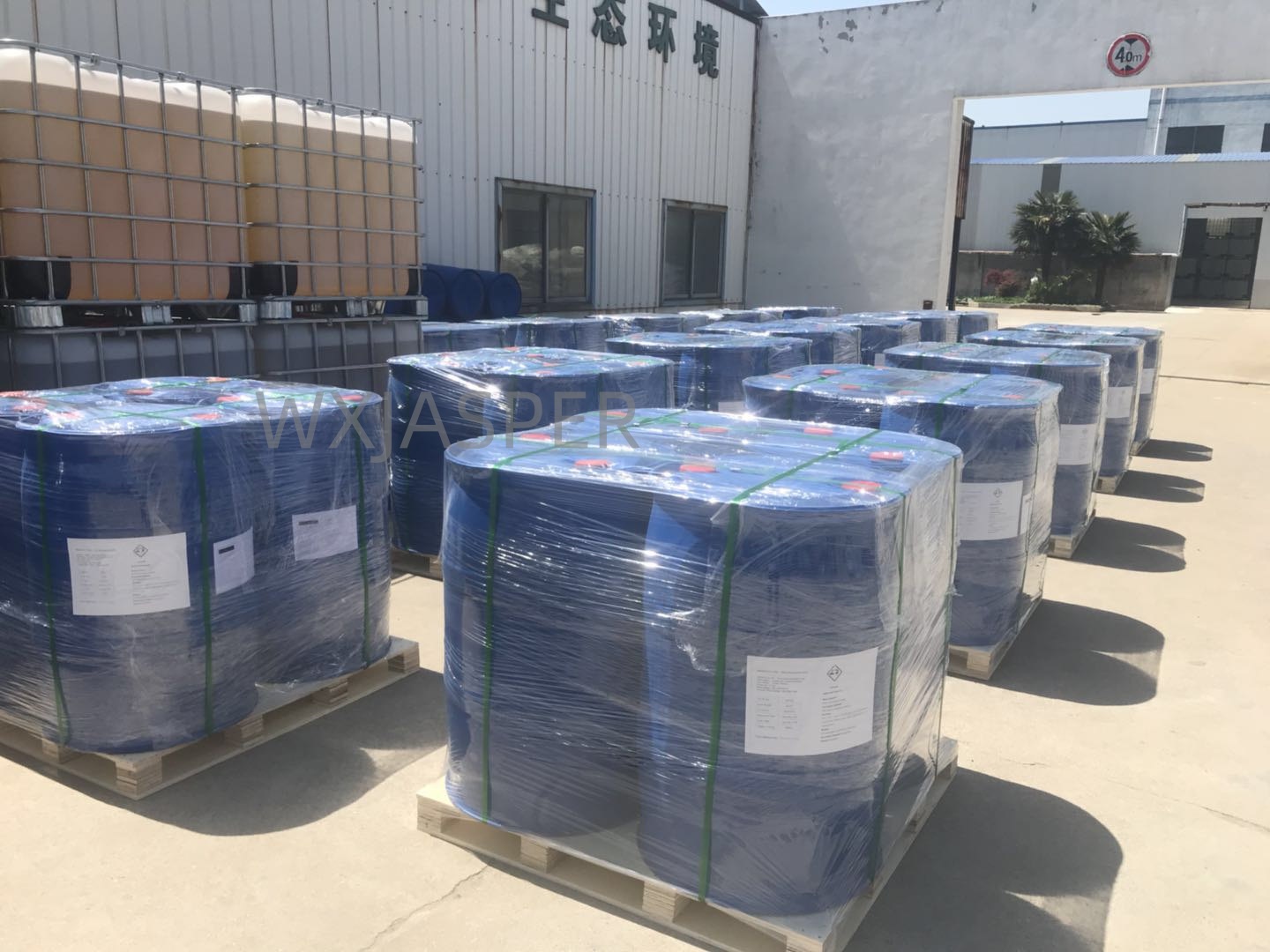Your Location:Home > Products > Solvents > Sodium Lauryl EAther Sulfate



CasNo: 9004-82-4
MF: (C2H4O)nC12H26O4S.Na
Appearance: white to yellowish paste
Delivery Time: 15 days
Packing: 170kg/drum
Purity: 99%
Basic Information
|
Model NO. |
9004-82-4 |
Appearance |
Paste |
|
Color |
Colorless |
Purity |
99% |
|
Grade Standard |
Industrial Grade |
Specification |
170kg/drum |
|
Transport Package |
Drum |
Origin |
China |
Product Description
Product Name:Sodium Lauryl EAther Sulfate
CAS No: 9004-82-4
Form: Paste
Product Application
Personal Care Products: It is widely used in shampoo, body wash, hand wash, facial cleansing mousse, etc. It can produce rich foam, effectively clean oil and dirt, and is gentle to the skin.
Household Cleaning Products: It is an important component of laundry liquid, washing powder, dishwashing liquid, fruit and vegetable detergent, etc. It can remove various stains, and has good biodegradability, which is environmentally friendly.
Industrial Field: In the textile industry, it is used as a wetting agent, cleaner, and refining agent, which can remove impurities such as cottonseed hulls and reduce energy consumption; in metal cleaning, it can effectively remove oil stains when compounded with citric acid, and has a low corrosion rate to carbon steel; it is also used in the preparation of hard - surface cleaners such as glass cleaners and car cleaners.
Packaging
170Kg/Drum
Storage
It should be stored in a sealed container at room temperature, and should be kept away from environments above 50℃. The shelf - life is generally two years.